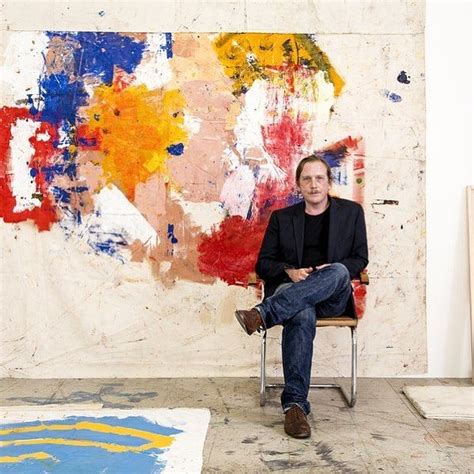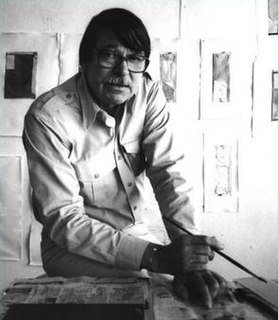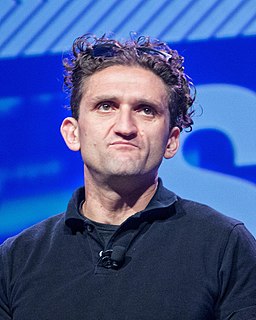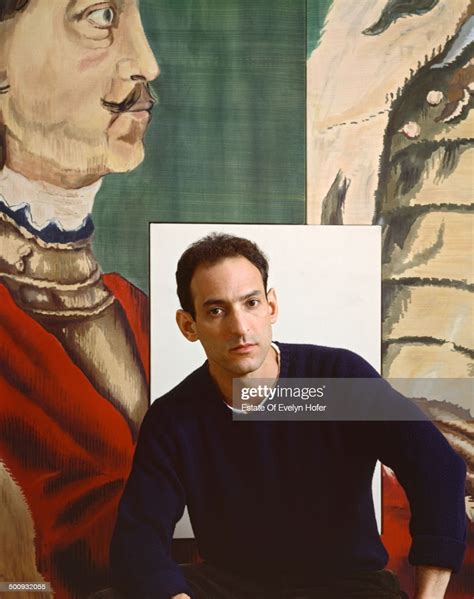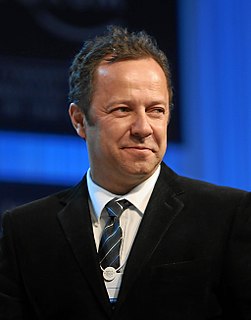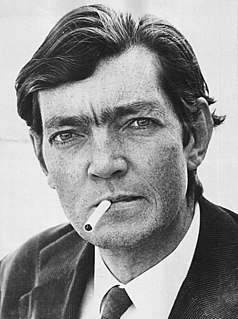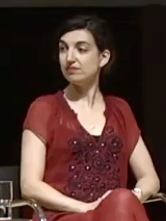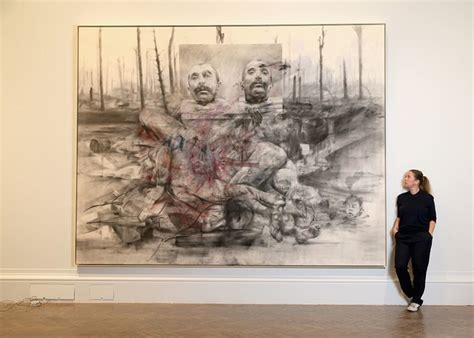A Quote by Joe Bradley
Maybe I don't have the same sense of humor. Maybe people aren't comfortable gauging a painting that way. They think that if it's a painting then it must be serious. I think Picasso can be hilarious, to name one example.
Related Quotes
I don't mean to give performance art a bad name or anything; I think there are people that are legit. I think I just got frustrated painting - I love painting; I actually tried to be an artist, but it's sensitive, and then you have an object. And what do you do with that object? And then repeat and repeat, blah blah blah.
I think a good painting or a good work of art does many things it wants, I mean, maybe 15 or 20 or 100. One of the things a painting does is to make the room look better. It improves the wall that it's on. Which is much harder than it looks. And that's a good thing. And if one engages with a painting on that level, that's fine, that's great. After some time, familiarity, the other things that a painting does, the other layers, they just start to make themselves felt.
You're like a witness. You're the one who goes to the museum and looks at the paintings. I mean the paintings are there and you're in the museum too, near and far away at the same time. I'm a painting. Rocamadour is a painting. Etienne is a painting, this room is a painting. You think that you're in the room but you're not. You're looking at the room, you're not in the room.
When a novelist manages to describe or evoke something you thought or felt, without realizing that other people also found themselves in the same situation and had the same feelings, it creates that same solidarity. Maybe it's better to think of humor not as a tool to express the solidarity, but a kind of by-product. Maybe the realization "I'm not on my own on this one" is always, or often, funny.
I think, at the L.A. County Museum of Art, I saw my first example of Kerry James Marshall, who had a very sort of heroic, oversized painting of black men in a barbershop. But it was painted on the same level and with the same urgency that you would see in a grand-scale [Anthony] van Dyck or [Diego] Velazquez. The composition was classically informed; the painting technique was masterful. And it was something that really inspired me because, you know, these were images of young, black men in painting on the museum walls of one of the more sanctified and sacred institutions in Los Angeles.
I'm not anti conceptual art. I don't think painting must be revived, exactly. Art reflects life, and our lives are full of algorithms, so a lot of people are going to want to make art that's like an algorithm. But my language is painting, and painting is the opposite of that. There's something primal about it. It's innate, the need to make marks. That's why, when you're a child, you scribble.
